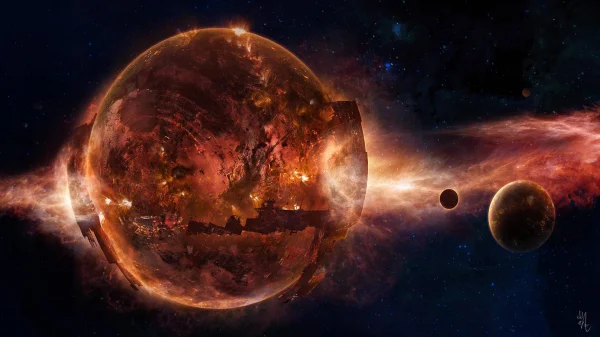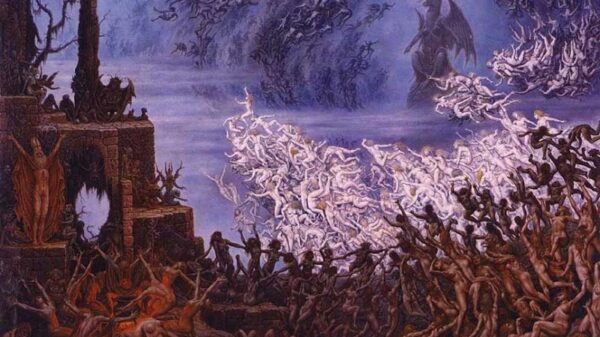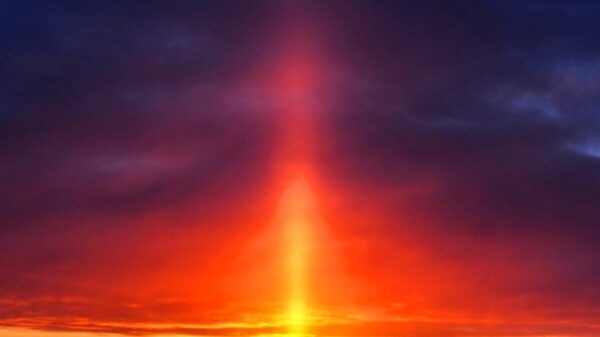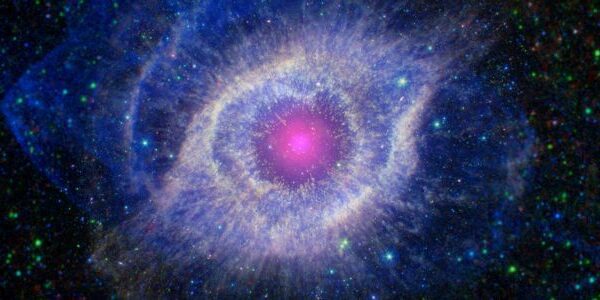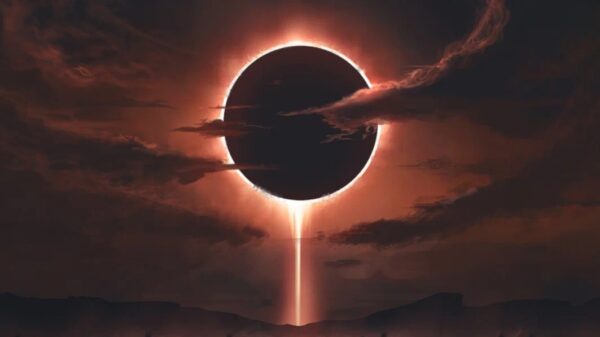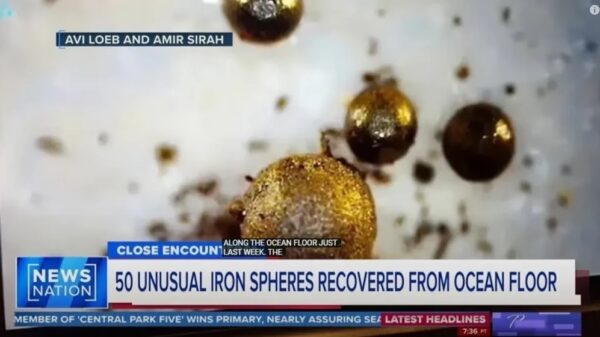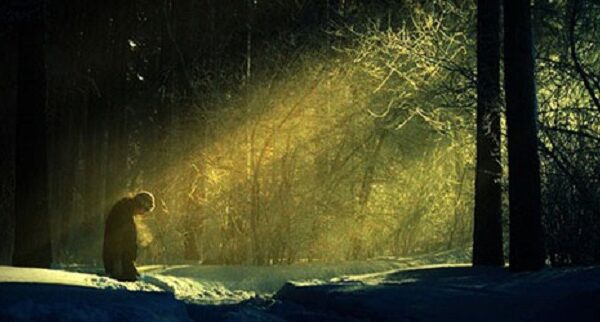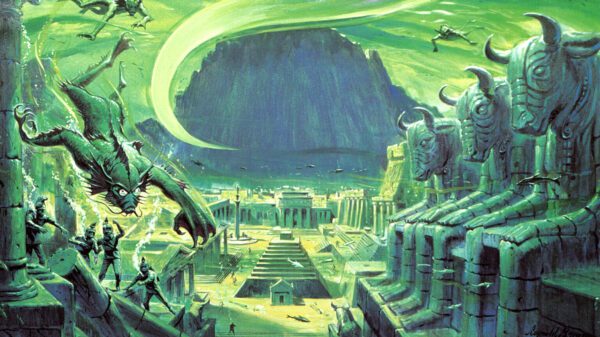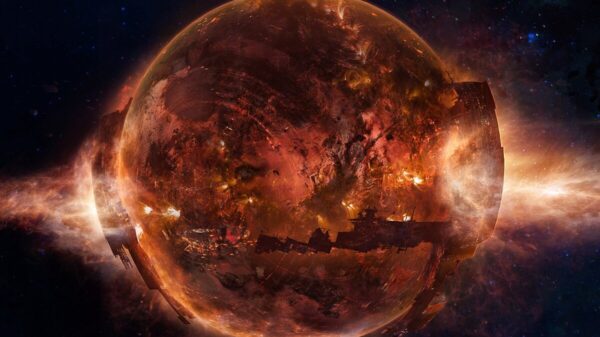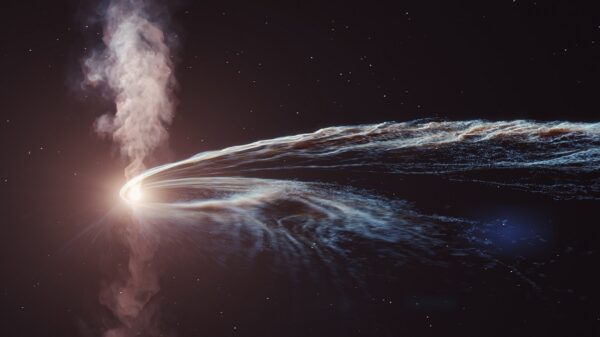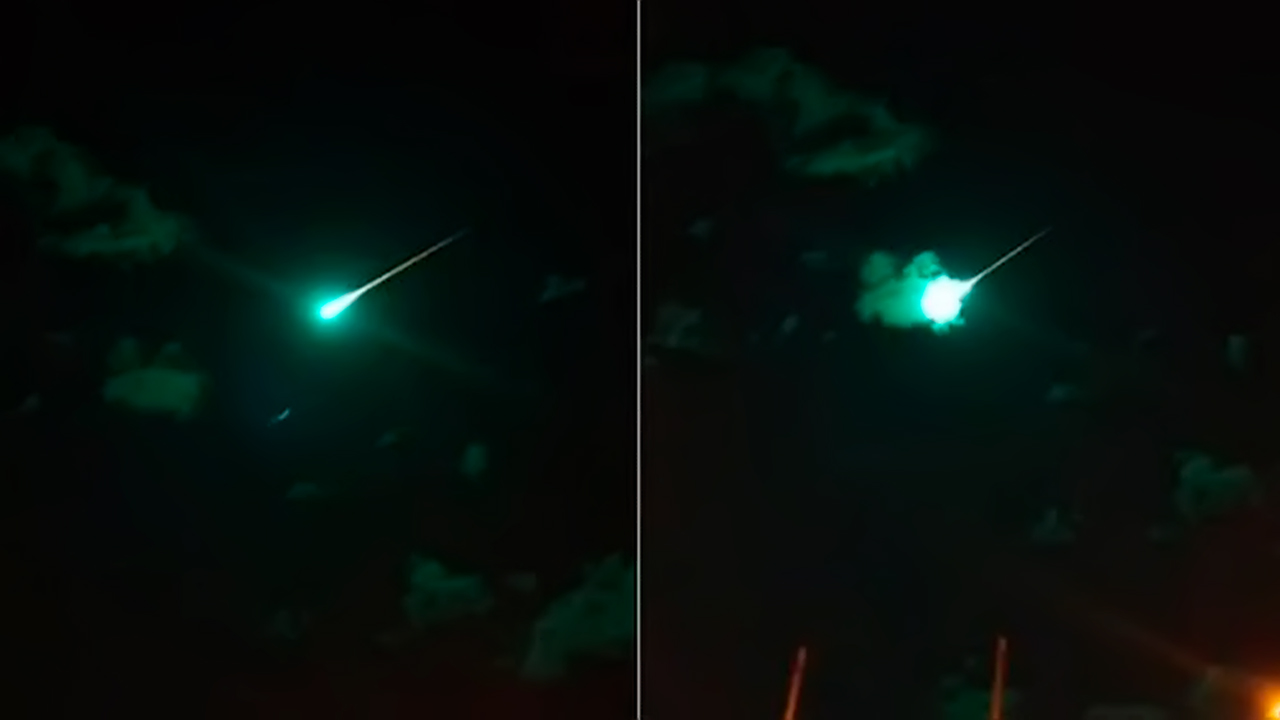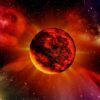Australians were shocked on June 15 when a huge fireball pierced the night sky. Days later, astronomers still don’t know what it was.
An immense trail of bright light pierced the sky night in Western Australia last Monday.
A spectacular light show over Australia's northwest has stunned everyone who saw it, and left experts struggling to explain it. A massive green fireball tearing across the sky. https://t.co/SPDAy9RPXG @Rob7Scott #7NEWS pic.twitter.com/AWILbwv4pp
— 7NEWS Australia (@7NewsAustralia) June 15, 2020
Many believed that the amazing ball of light was a meteorite or space debris that had entered the atmosphere. Now it turns out that it’s not like that.
Mysterious fireball in the sky
In all the publications online, the immense sphere is observed burning and illuminating everything as it soars through the sky. Some claimed that the color it gave off was a deep green, for others it was blue.
However, the truth is that the strange luminous object changed color on several occasions, according to other witnesses.
Glen Nagle, an astronomer and education and outreach manager for the CSIRO-NASA Tracking Station in Caberra, Australia, told local media that we were lucky having witnessed such a spectacular sight.
However, a few days after the strange event occurred, several astronomers and scientists have stated that they are not sure that the object was a meteorite.
In fact, they have no idea what was burning in our atmosphere to generate such a brilliant light show.

Astronomers don’t know what it is?
Amateur astronomers from around the world have stated that it could be man-made artificial debris, possibly as a result of the recent launch of SpaceX, however, many other experts have fully denied that possibility.
An Australian scientist explained that space debris that re-enters the atmosphere normally emits a crunch-like sound and you can see sparks when the different materials they burn and come off of the object.
According to NASA, at least 48.5 tons of meteorite material falls on Earth every day.
Meteors bright enough to be classified as fireballs are extremely strange, but that space rocks enter the planet are more common.
However, most of these do not exceed the size of a common rock and the ones that are bigger, explode by the pressure of the atmosphere, as happened in 2013 in Russia.
The Chelyabinsk Meteorite is considered, to date, the largest explosion on Earth since the explosion of Tunguska, in 1908, which, according to new studies, was caused by a “metallic object”. Knowing this, why did this object not explode in Australia?
So far the most widely accepted theory is that it is a meteorite, however, and as astronomers have mentioned, we still don’t really know what the glowing object was.




